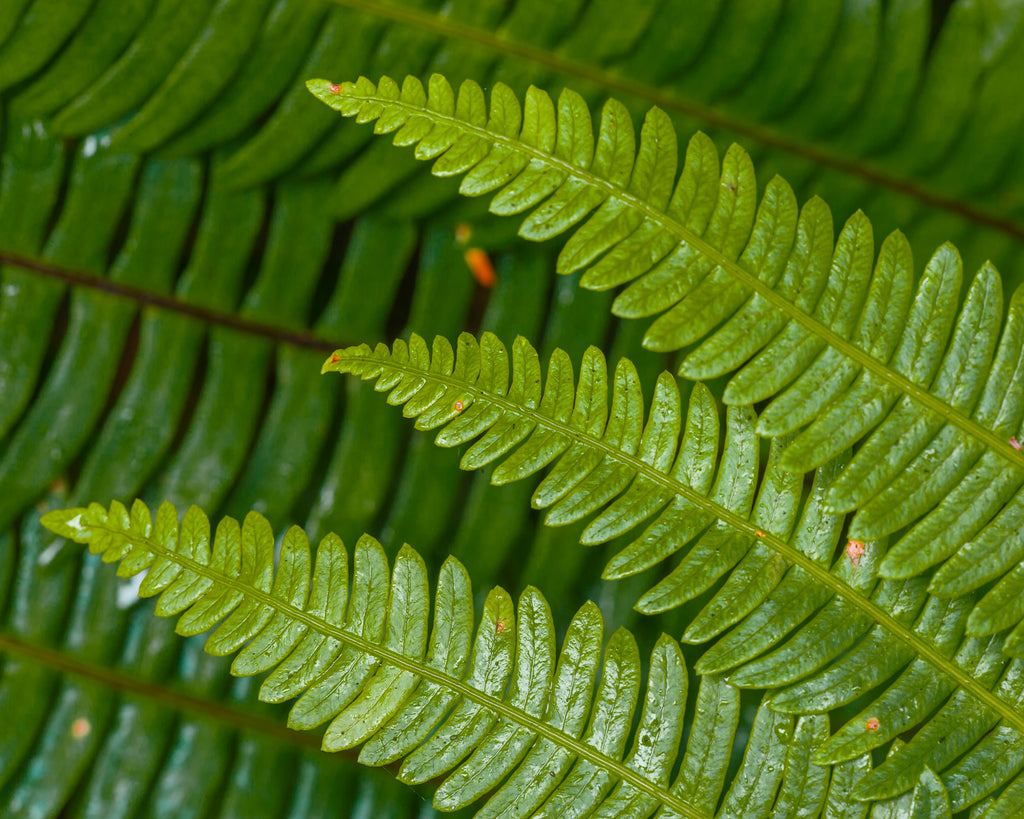The Art of Forest Bathing
Getting out into the great outdoors does our brains and bodies a lot of good. The sights, smells, and sounds that accompany a trek through the woods have the ability to ease stress, clear the mind, and release feel-good endorphins. That much we know. But what is it about time spent amidst the trees that soothes the soul?
The Japanese have a term for it: shinrin-yoku, or forest bathing. The term essentially means to take in the forest atmosphere through your senses. It arose in the 1980s as an answer to the tech burnout culture that was just beginning thanks to the advent of the personal computer. By the ‘90s, Japanese researchers were conducting studies into the science behind this form of ecotherapy.
Their findings elucidated a lot of the hunches we already had about the power of plants to heal, and included these three main health benefits:
1. Bathing boosts our immune system.
Beyond providing a soothing smell, coniferous trees like cedars, spruces, and firs release phytoncides, airborne oils that, when breathed in, increase activity of virus-fighting white blood cells.
2. Tree time reduces stress.
The power of plants runs so deep that even looking at a photo of trees has some mind-mellowing effects. But actually getting out there in the green can help lower stress-inducing hormones like cortisol and adrenaline even more.
3. Immerse in the forest to focus up.
Giving our eyes a break from our screens and instead taking a gander at some good old fashioned flora can help give the cognitive portion of our brains a much-needed breather and cut down on attention fatigue.

Moral of the story: the practice of forest bathing is an important, potent salve. That said, some of its benefits can still be achieved within the confines of your apartment (we’re looking at you, house plants).
Our latest Forest Bath Salts allow you to soak in the forest from your tub, for moments when the mountains are calling, but you actually can’t go.

